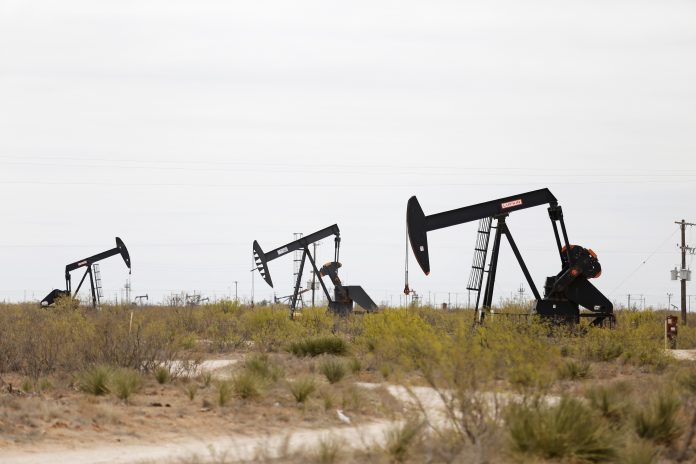
Weathering a year of geopolitical turmoil and economic uncertainty, the Chevron Corp. focused in 2023 on lowering the carbon intensity of its operations, growing lower carbon businesses and advancing foundational projects in both hydrogen and carbon capture.
“We also successfully integrated PDC Energy and announced the Hess Corp. acquisition,” Chevron CEO Mike Wirth said. “Over the past five-year commodity cycle with prices high, low and everywhere in between Chevron led the peer group in what we believe were the most important measures that create value.
“In the Permian Basin we delivered on our full year production guidance and set a quarterly record of 867,000 barrels of oil equivalent per day while building our drilled but uncompleted wells inventory in the fourth quarter. Looking to the year ahead our program is backend-loaded as we plan to continue building our DUC inventory before adding an additional completion crew in the second half of the year.”
As a result, Wirth said, Chevron’s production in the first half of 2024 will probably be down by 2-4 percent from fourth quarter results before climbing to about 900,000 barrels per day by year-end.
“Chevron is a clear leader in Permian financial returns with our unique royalty advantage and strong execution across a diverse portfolio,” he said. “With strong momentum we expect to achieve 1 million barrels of oil equivalent per day in 2025.”
He said 2023’s net production was the highest since 2020 at the company’s Tengizchevroil project in Kazakhstan. “TCO is producing from the new wells,” Wirth said.
“The upgraded and new utilities, gathering system, control center and power distribution system are all currently in operation.”
Reporting fourth quarter earnings of $2.3 billion, Chief Financial Officer Pierre Breber said Chevron ended the year with a net debt ratio in single digits.
“Turning to the fourth quarter, adjusted earnings were higher than the third quarter’s by roughly $730 million,” Breber said. “Adjusted upstream earnings improved due to higher liftings in line with record quarterly production and favorable timing effects.
“Adjusted downstream earnings decreased on lower refining margins partially offset by a favorable swing in timing effects. For the full year, adjusted earnings decreased by nearly $12 billion compared to the prior year. Adjusted upstream earnings decreased primarily due to lower prices. Adjusted downstream earnings were lower largely due to declining refining margins.”



